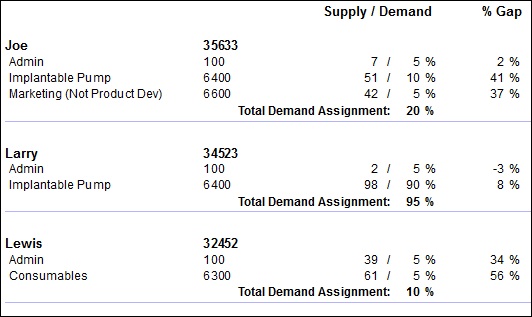That is the question…to cloud, or not to cloud? I recently read an article by Sarah Fister Gale, found here: http://www.pmi.org/~/media/PDF/Publications/PMN0312%20cloud.ashx
It is interesting how many people go to the cloud without knowledge of security, back-up, redundancy, and so forth. There is little doubt that the cloud has many positive attributes. That is why cloud usage continues to experience robust growth. However, too often people just assume the cloud is a magical solution with hardly any issues. Well, that is normally the case…unless you happen to be my brother-in-law. His company was utilizing a cloud hosted credit card processing service. And things were great for nearly two years, until the cloud server went down and there was no back-up plan in place. It took 3 days of hand wringing and lost sales to get back online. In addition to immediate lost revenue, he lost long term customers. The article above will certainly give you an idea on specific questions one should ask and a basic outline to help you make a solid choice for your cloud solutions.
�








